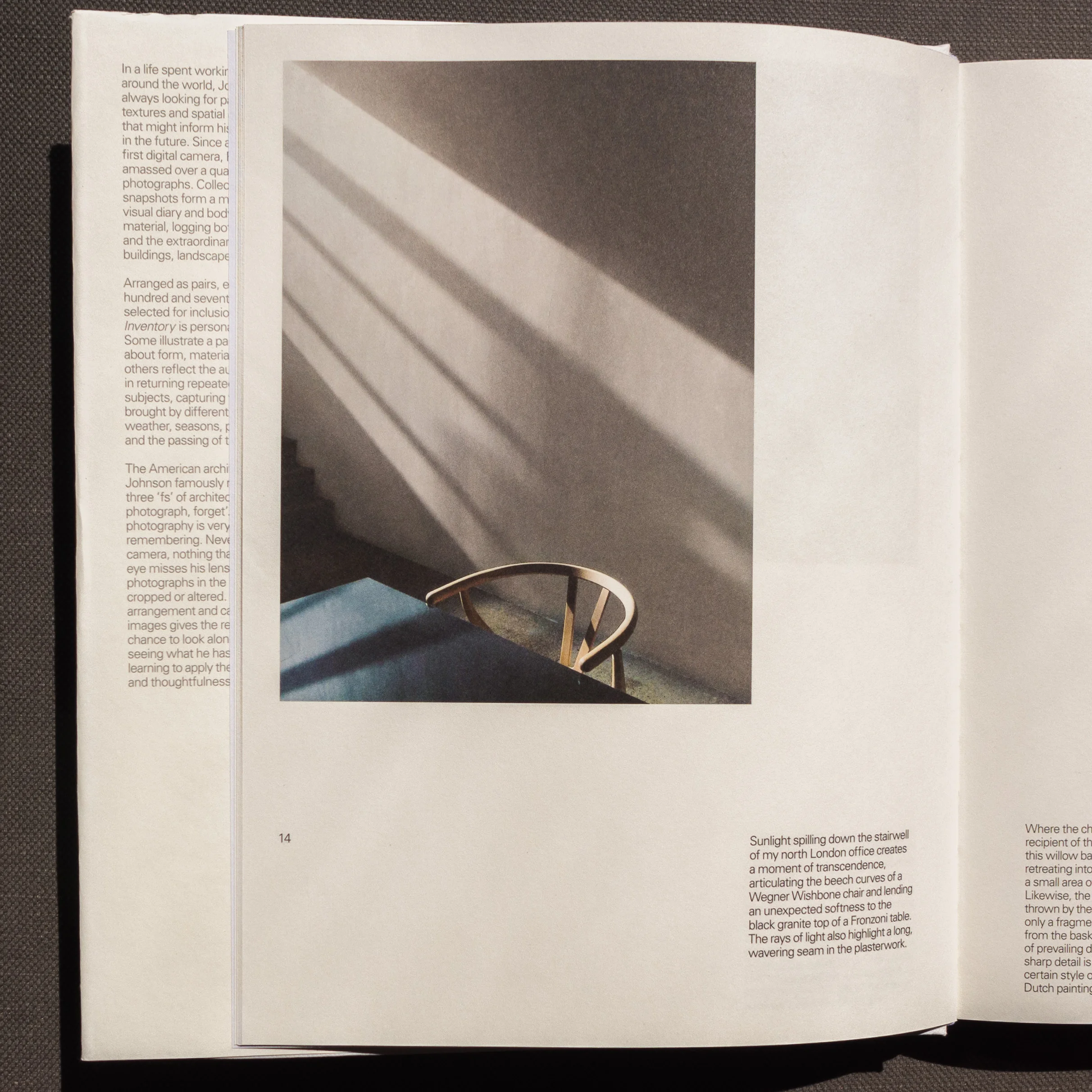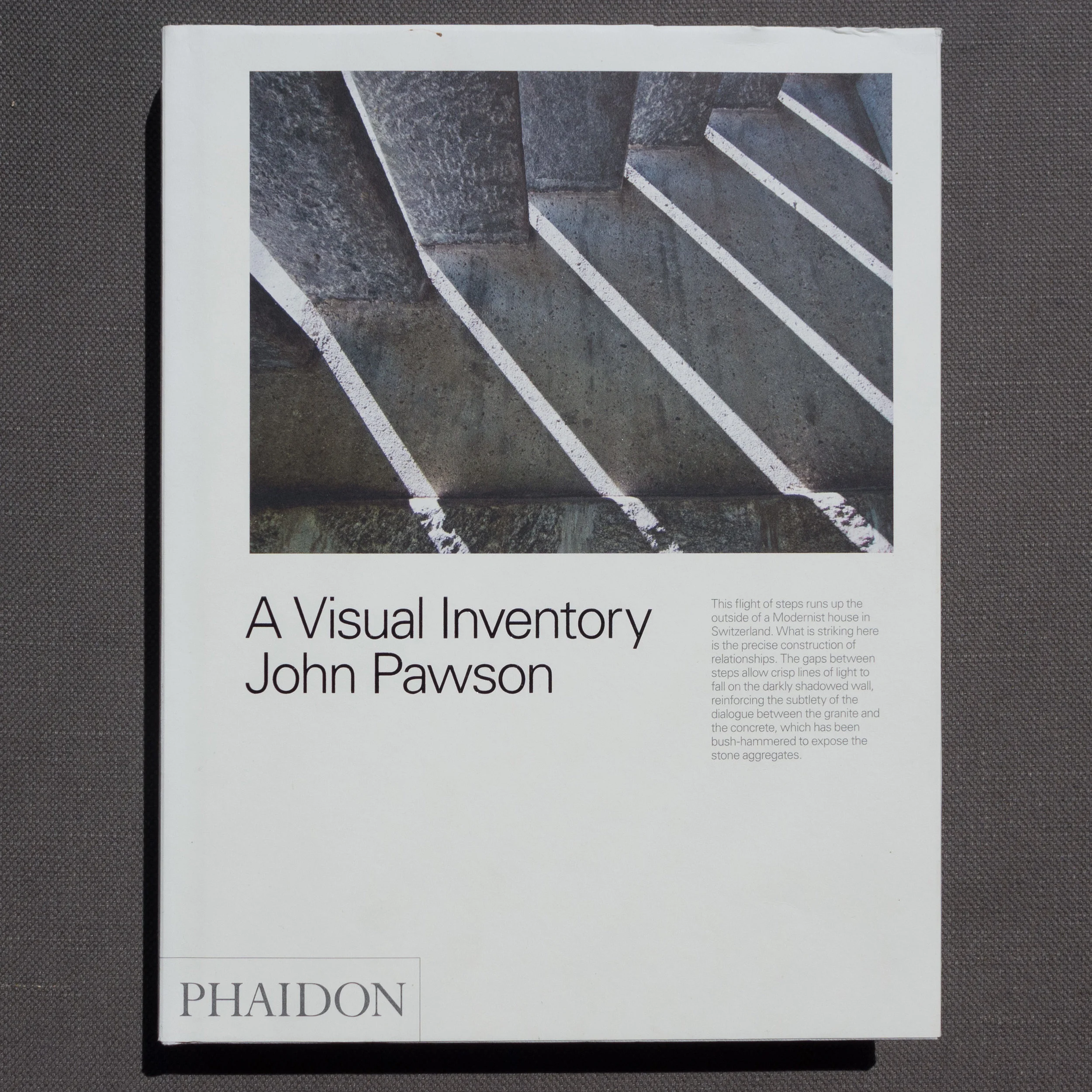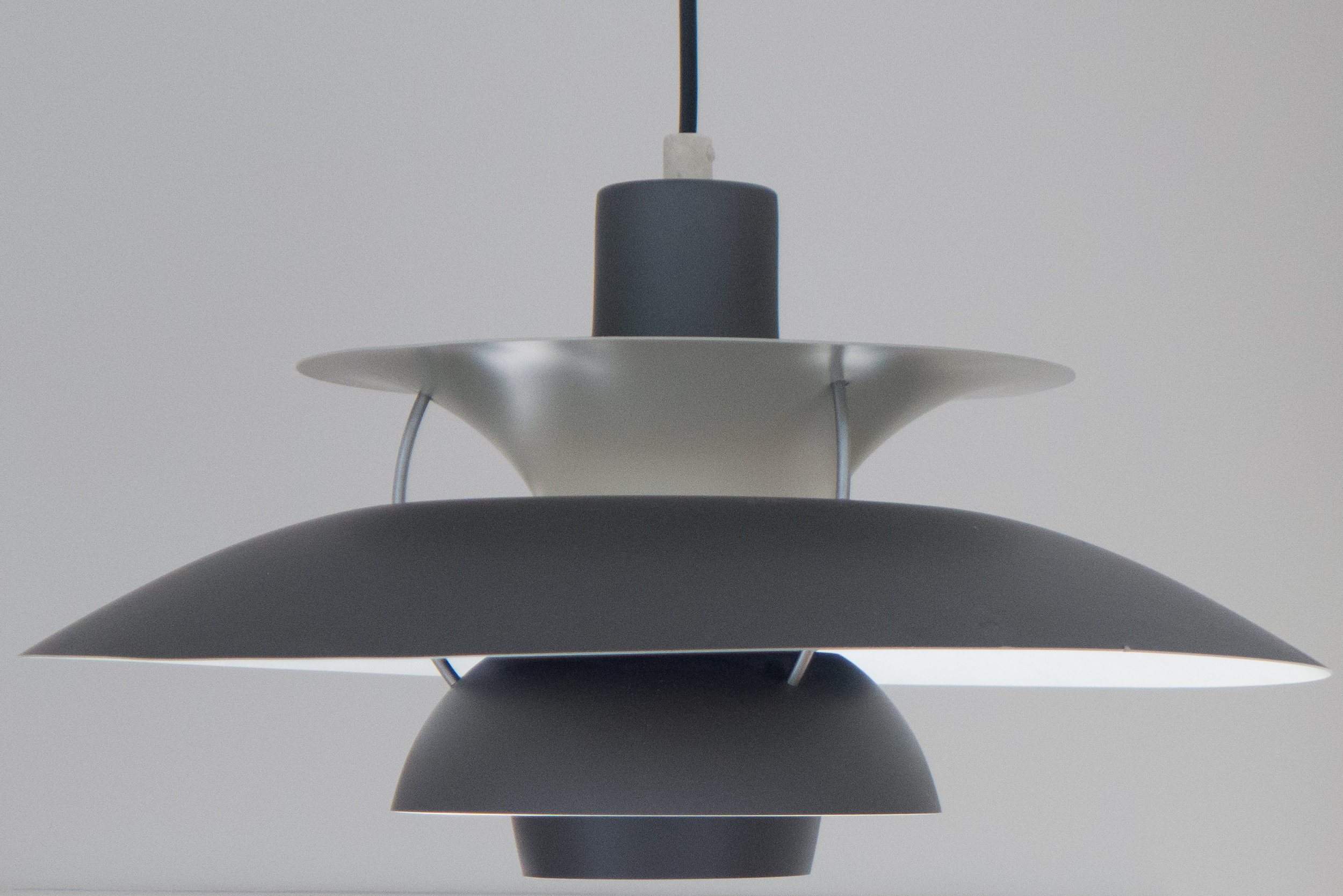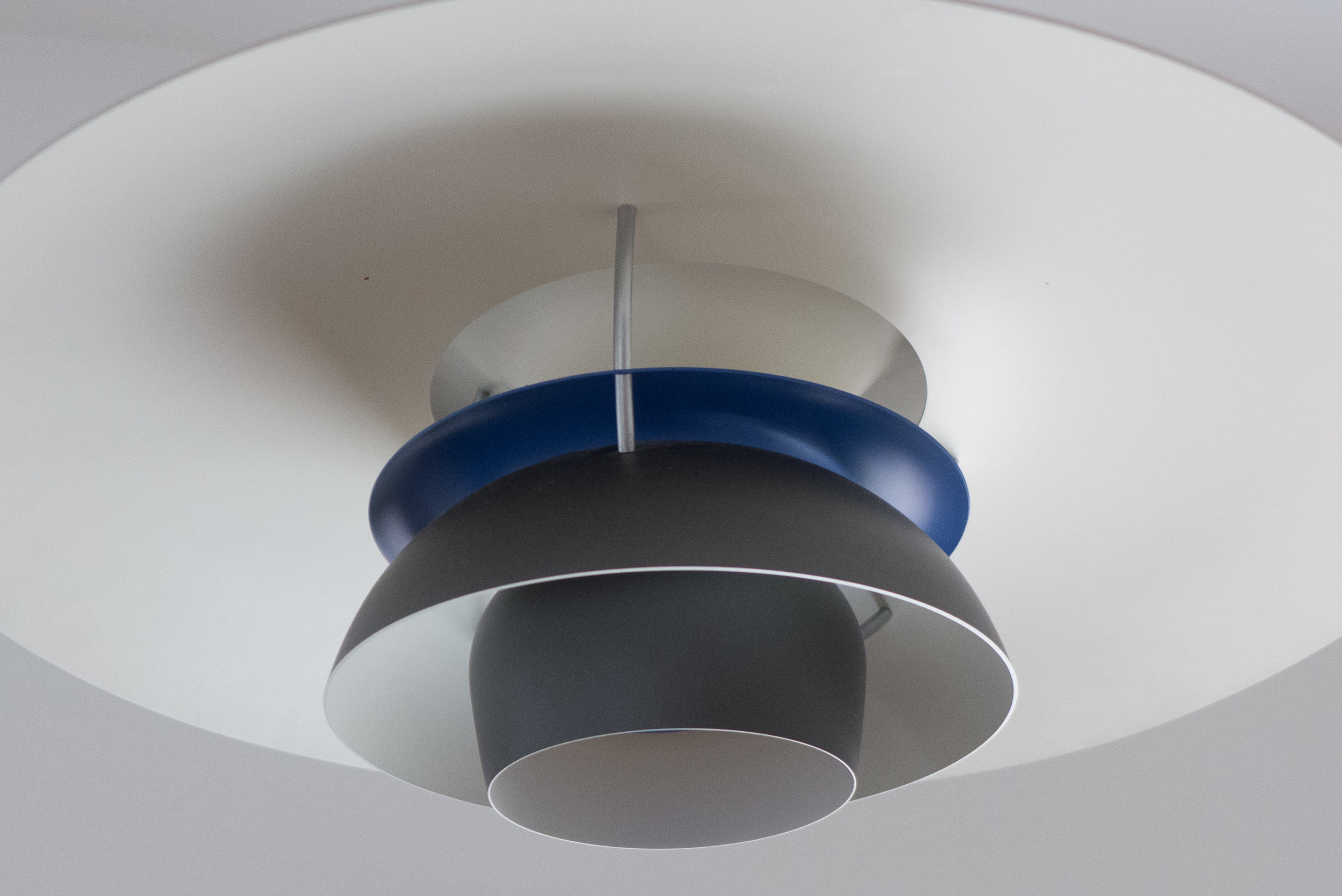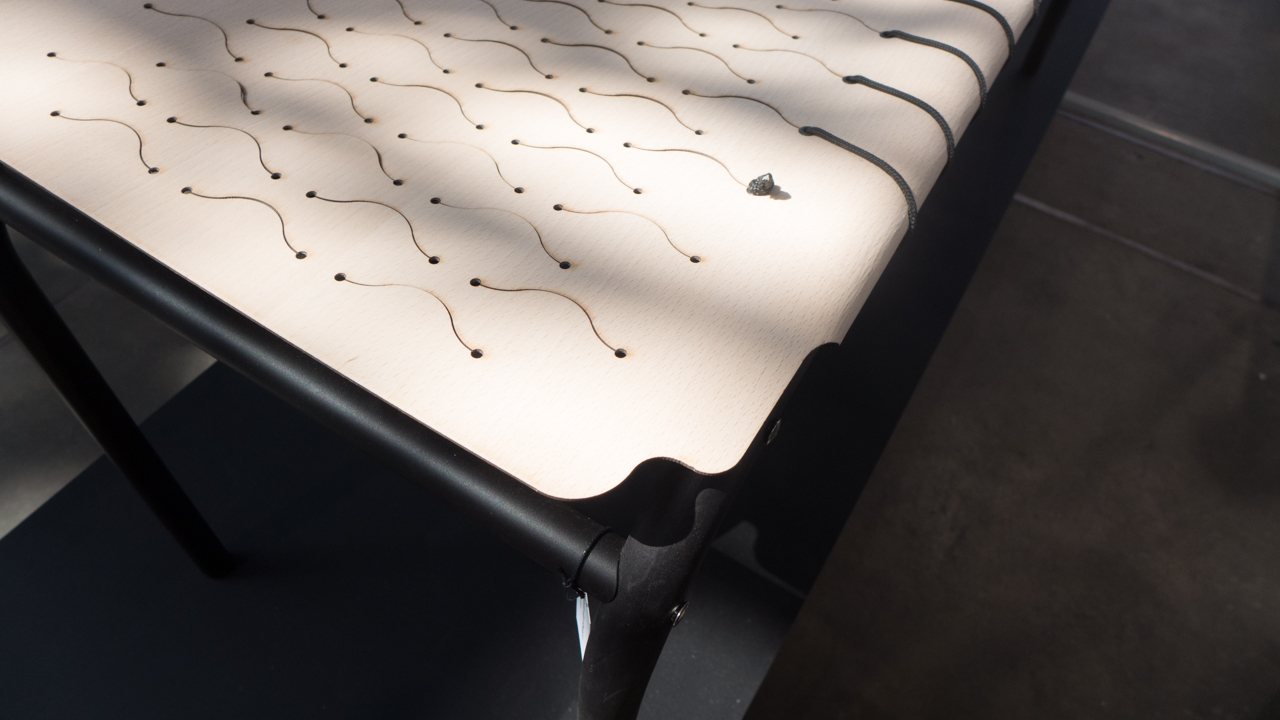louis home
The official opening of the new showroom area at Gammel Strand on the 23rd September was also an opportunity to launch the 2015/2016 edition of Louis Home.
Short articles introduce two important new lamps that have been added to the collection this year. There is a new desk lamp - the NJP Table by the Japanese designer Oki Sato from nendo Studio and an interview with Øivind Slaato and an assessment of his Patera pendant … a deceptively simple design, a large beautiful globe, with considerable visual impact and an incredibly sophisticated and complex structure based on the Fibonacci pattern. This is not clever for the sake of being clever but controls and directs the light through diverse angles.
A separate section of photographs, The World of Heidi Zilmer, shows the collaboration with the master painter and wallpaper designer in the remodelling of the Copenhagen showroom.
Examples of lights from Louis Poulsen are shown in different rooms and different spaces to show the complex inter-relationships between a light and its architectural settings but also to show the way that Danish homes mix period and style with such confidence. Louis Poulsen continues to produce classic designs that date from the 1920s but there are also classic designs that have been given new colours to give them contemporary relevance; they produce light fittings that have gone through a number of different colours through the years but have been re-introduced in the original colours and there are recent and strongly-contemporary designs.
And the permutations possible for use in the home are equally variable from modern lights in historic settings through to historic fittings in starkly modern interiors.
An apartment in Amager, the south part of Copenhagen, is featured with a Danish mix of old and new furniture and fittings, mainly in tones of grey with black, and shows how lighting plays a strong role in the room, even during the day, rather like using sculpture with pure shapes and it certainly shows the value of white light fittings to give clear points of interest in the interior.
A very modern home just outside Stavanger is profiled, that has the largest and most dramatic pendants, the Enigma and the PH Artichoke, and that contrasts with a short article on lighting in a very traditional summer house that is now a family home using the AJ series of wall and free-standing lamps as a sort of theme running through the rooms but also has the Toldbod and appears to use a Doo-Wop light suspended low beside a bed instead of a table lamp.
Another section of Louis Home has photographs of major pieces of furniture from the Danish company Fredericia to demonstrate how lighting and furniture work together to create a style or particular character in a room.
Of course, good lighting should not just be kept to the dining room or entrance hall. In Louis Home there are articles on lights in different areas of the house so, in this edition, lighting in a large green house or conservatory “… mobile illumination that you can change to suit the shifting functions of the room as the day progresses.”
Under the night sky shows how external lighting emphasises architecture to reinforce the rhythm of a pattern of fenestration or emphasise an architectural feature and shows just how important it is to vary the height of the lights and use more than one so, for instance, setting lights high to flank a front door or set low along pathways.
Finally, photographs of Coffee Lab in Copenhagen show how, in an extensive and quite complicated commercial space, lighting can be used to define areas, create atmosphere or control and influence how people use a space and that is equally applicable in a purely domestic setting.
Louis Home can be viewed on line .... louis home 2015/2016
louis poulsen



